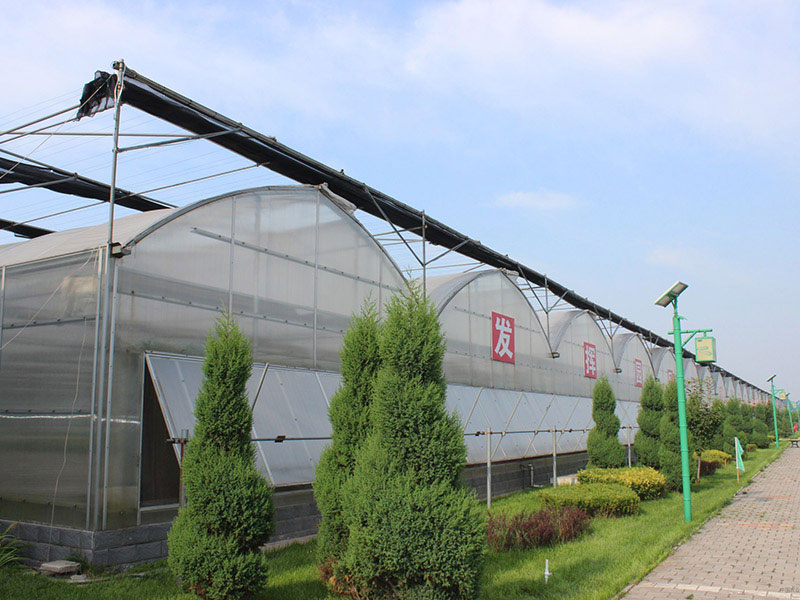
Multi span greenhouse is an upgraded existence of greenhouse. In fact, it is a super large greenhouse. The original independent single room greenhouse is connected with the original independent single room greenhouse by scientific means, reasonable design and excellent materials.
characteristic
1. Compared with traditional greenhouses, the use space of multi span greenhouses and greenhouses is a bright spot than that of traditional greenhouses, and its use area is much larger than that of traditional greenhouses.
2. Compared with the traditional greenhouse, the management is more unified, the operation is more scientific, saves time and improves efficiency
method
1. Ventilation and dehumidification. Ventilation is a good way to reduce humidity. Ventilation must be carried out at high temperature, otherwise the indoor temperature of multi span greenhouse will drop. If the temperature drops too fast during ventilation, close the vent in time to prevent the vegetables from being harmed by the sudden drop of temperature.
2. Film mulching. Mulching with plastic film can reduce the evaporation of soil moisture, which is an important measure to reduce indoor air humidity.
3. Increase temperature and reduce humidity. This method can not only meet the needs of vegetables for temperature, but also reduce the relative humidity of air. When the plant grows to be resistant, water and close the shed, raise the temperature to about 30 ℃ for 1 hour, and then ventilate and drain the moisture. It can be repeated once when the shed temperature is lower than 25 ℃ after 3-4 hours.
4. Thermal insulation curtain material with good moisture absorption shall be adopted. Thermal insulation curtain materials with good moisture permeability and moisture absorption, such as non-woven fabrics, can prevent condensation on the inner surface of the shed and prevent dew from falling on the plants, so as to reduce the air humidity of multi span greenhouse.
5. Natural moisture absorption. Straw, wheat straw, quicklime and other materials can be used to spread between rows to absorb water vapor or fog to achieve the purpose of dehumidification.

 中文版
中文版 English
English Soilless cultivation
Soilless cultivation Multi span greenhouse
Multi span greenhouse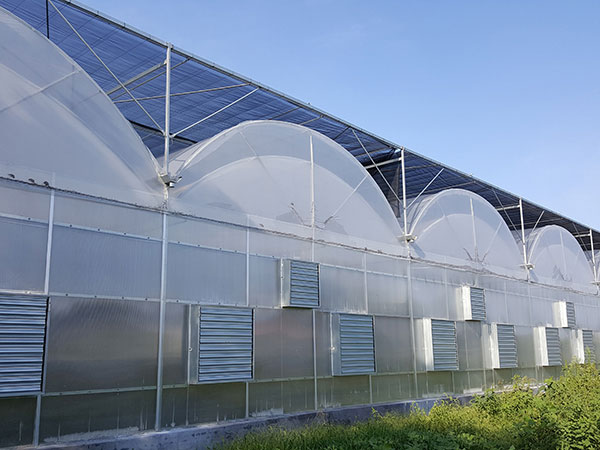 Polycarbonate greenhouse
Polycarbonate greenhouse Ecological Restaurant
Ecological Restaurant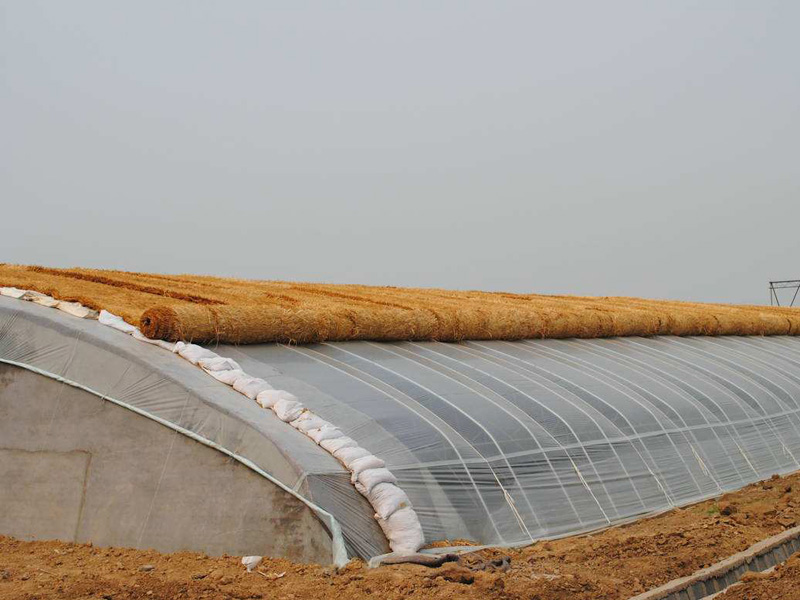 Solar greenhouse
Solar greenhouse Venlo greenhouse
Venlo greenhouse Intelligent glass greenhouse
Intelligent glass greenhouse Bird's nest type spherical greenhouse
Bird's nest type spherical greenhouse Photovoltaic greenhouse
Photovoltaic greenhouse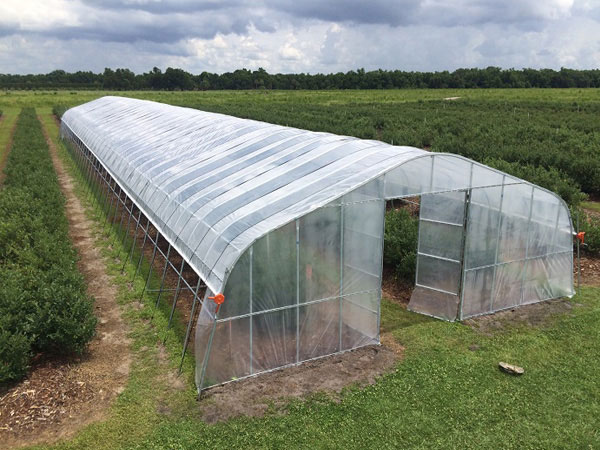 Tunnel greenhouse
Tunnel greenhouse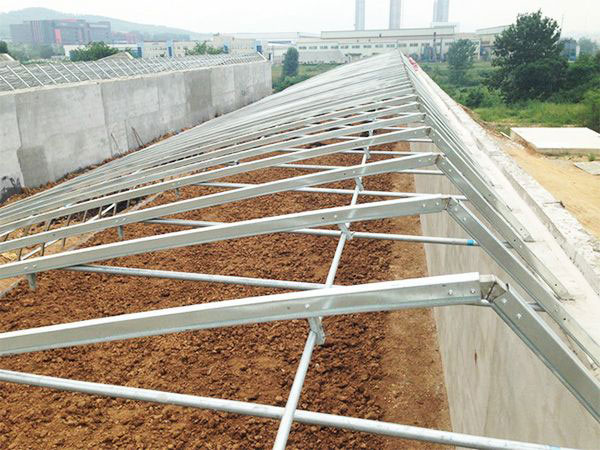 Steel structure greenhouse
Steel structure greenhouse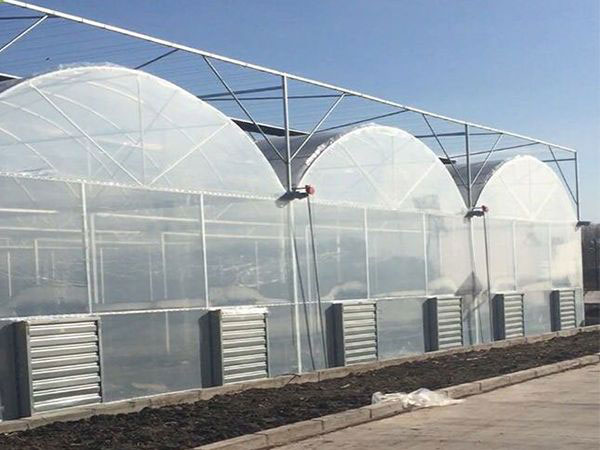 Film greenhouse
Film greenhouse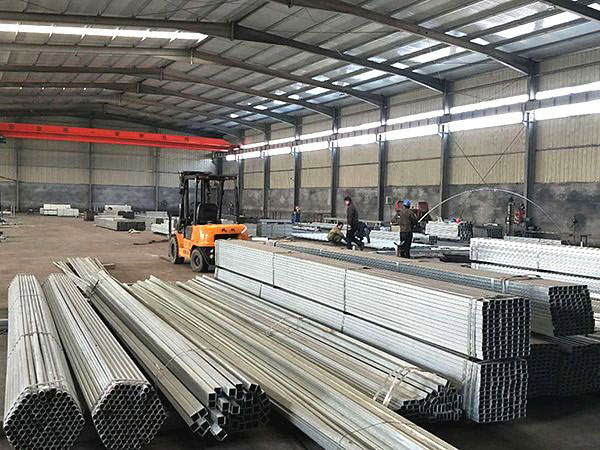 Greenhouse accessories
Greenhouse accessories
 Soilless cultivation
Soilless cultivation
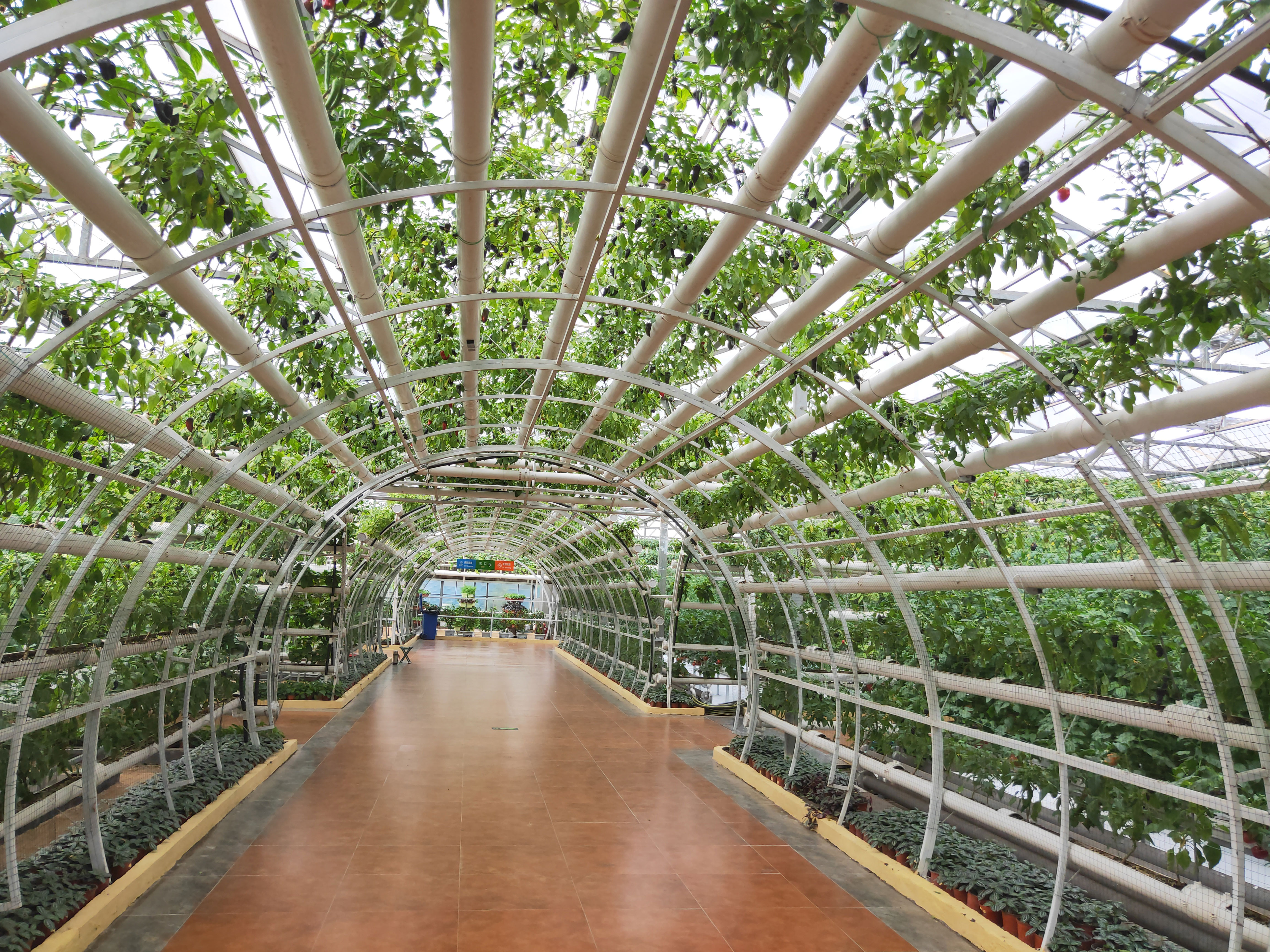

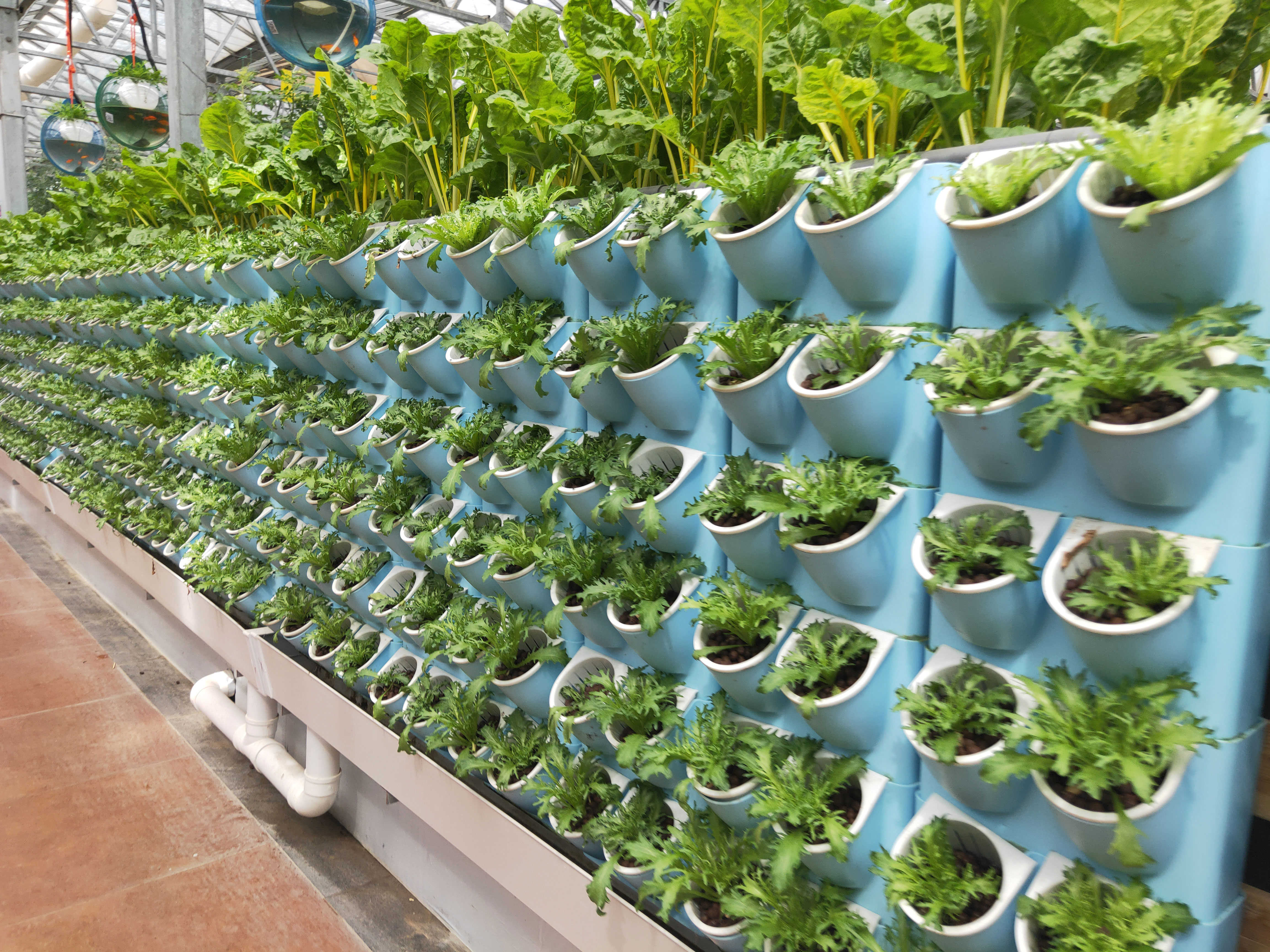
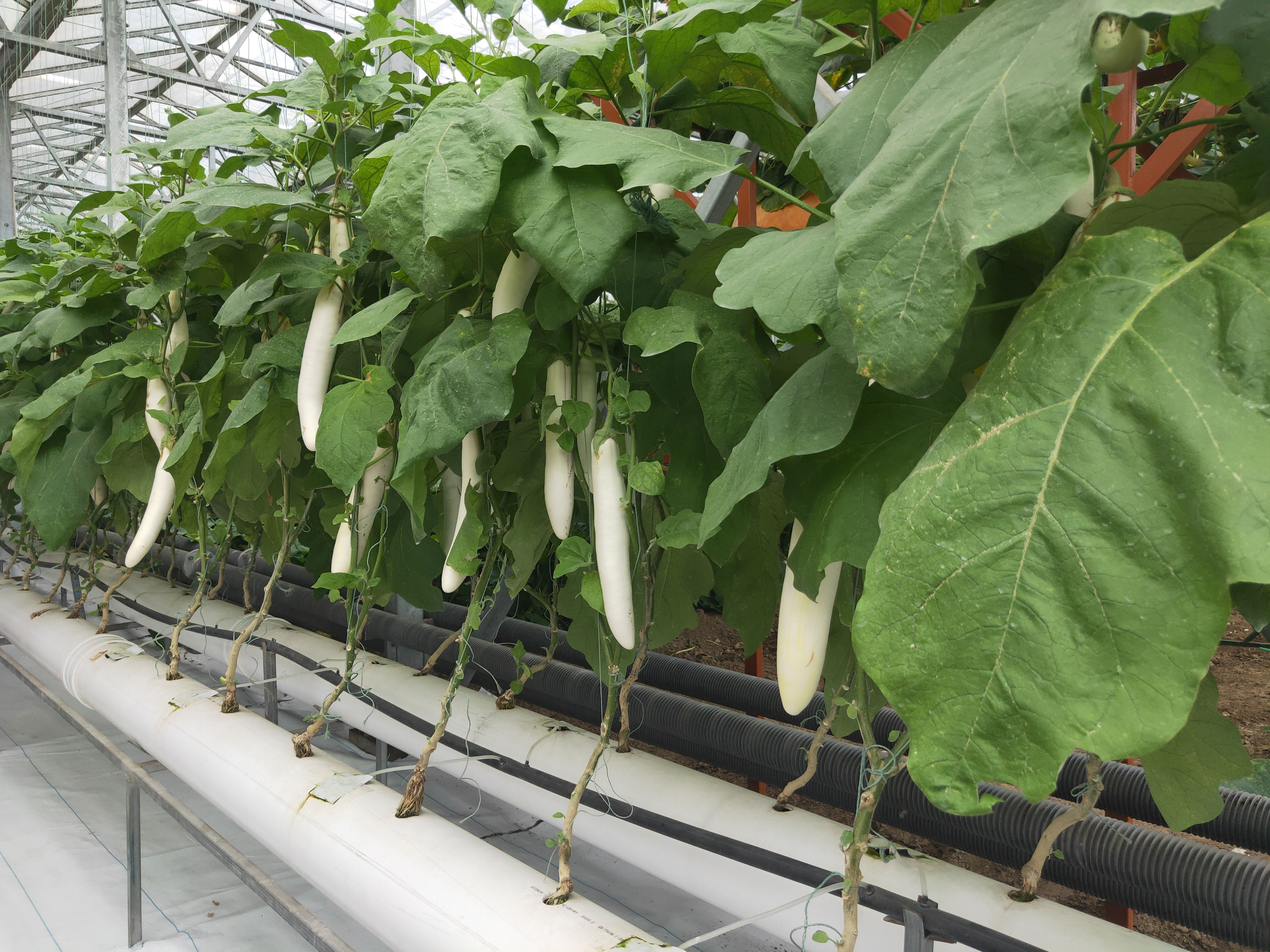
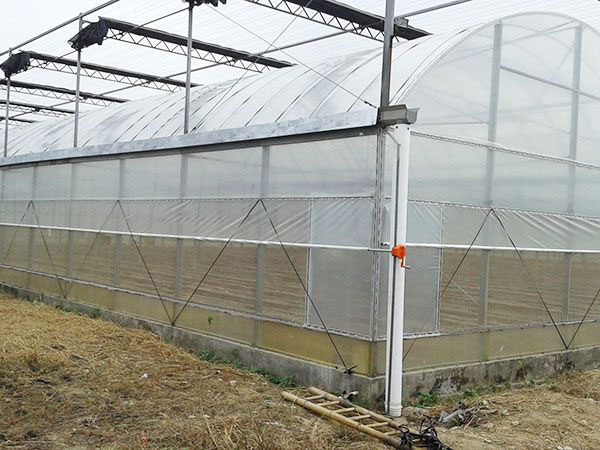
 Scan, wechat consulting
Scan, wechat consulting
